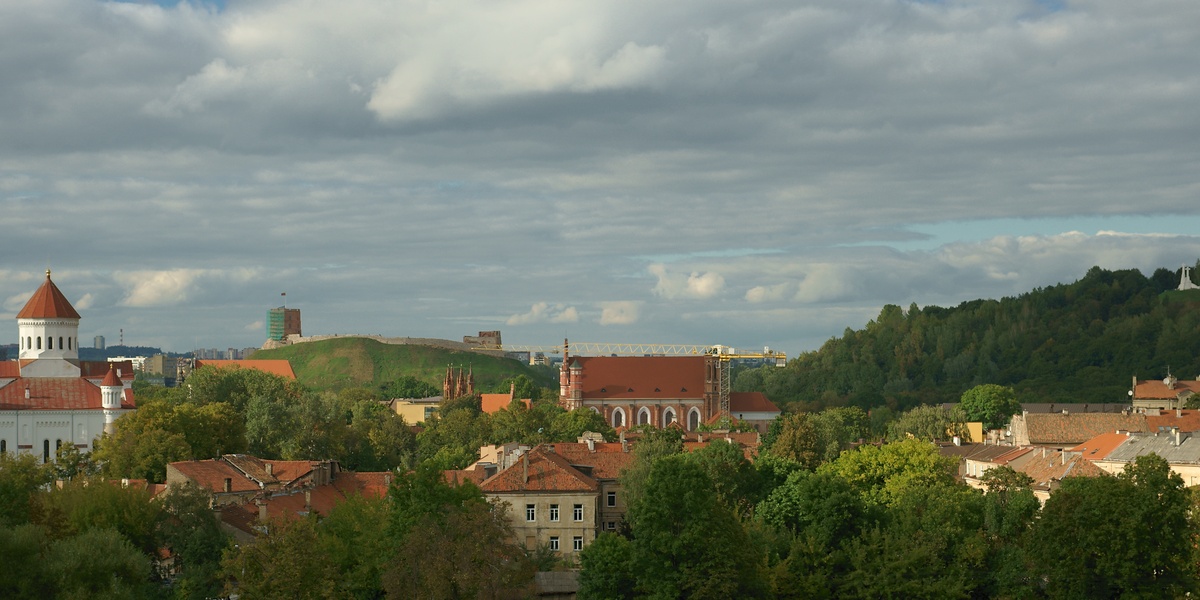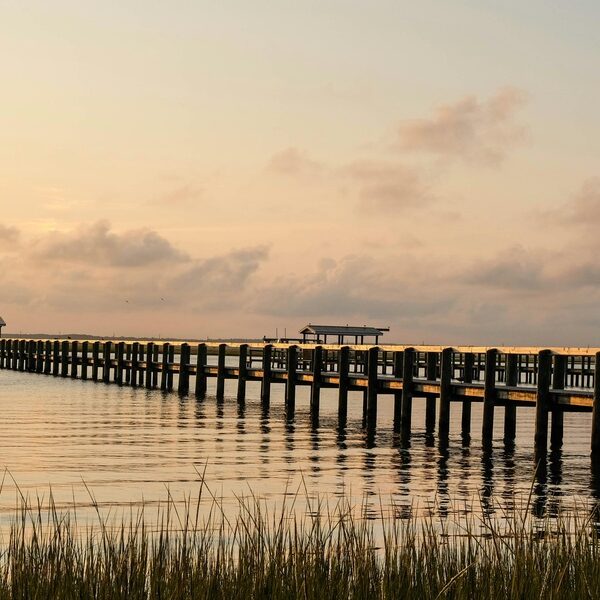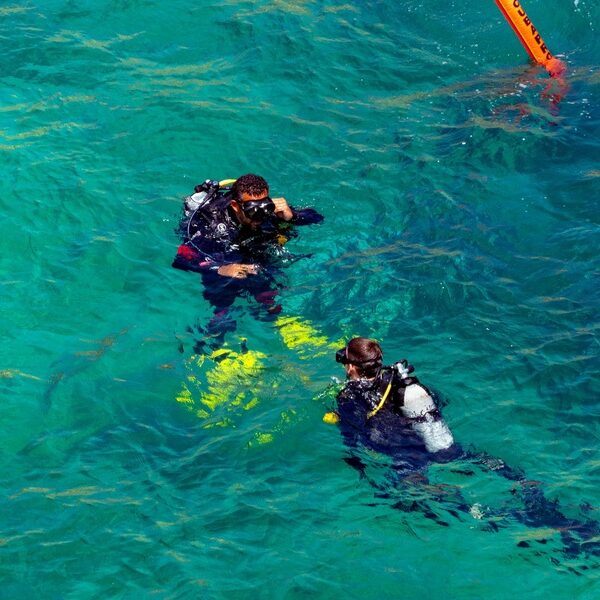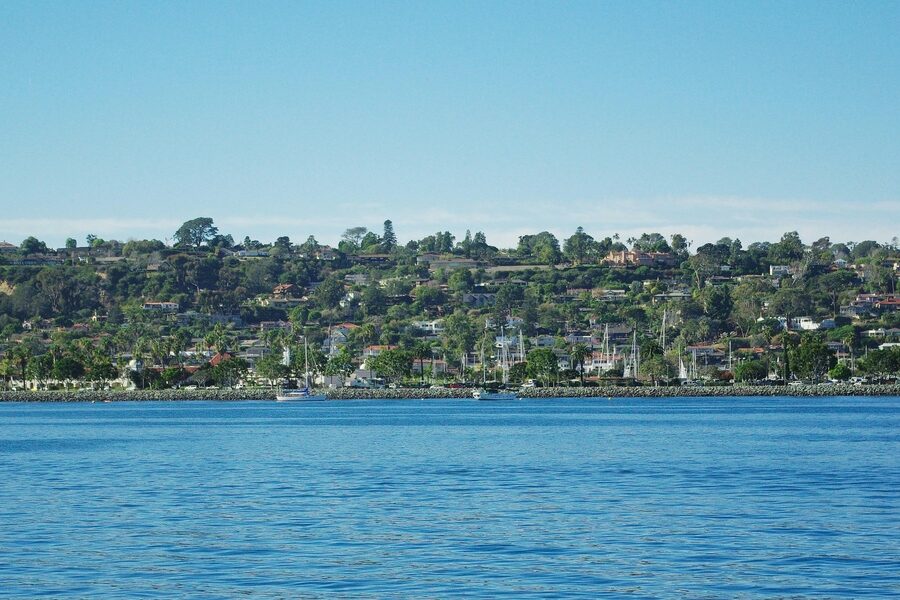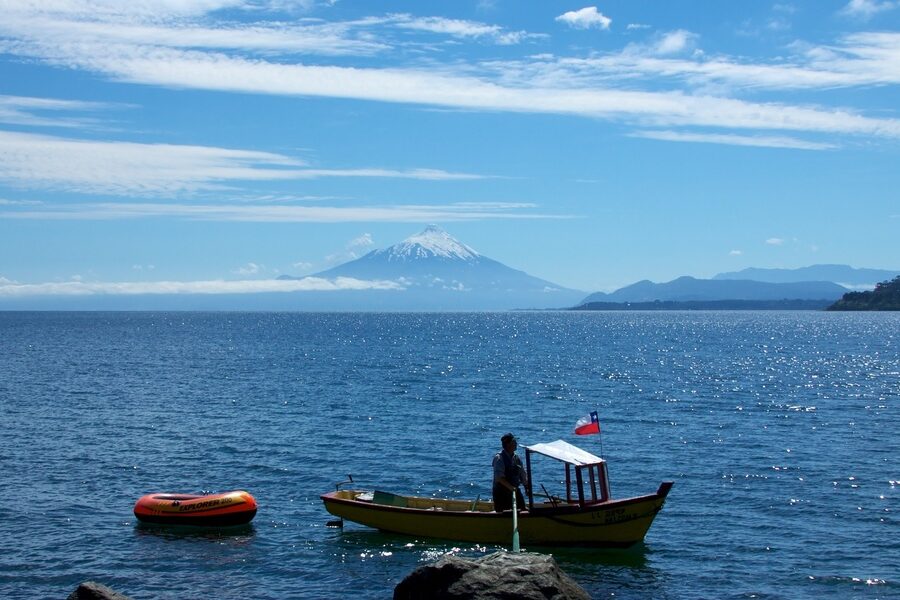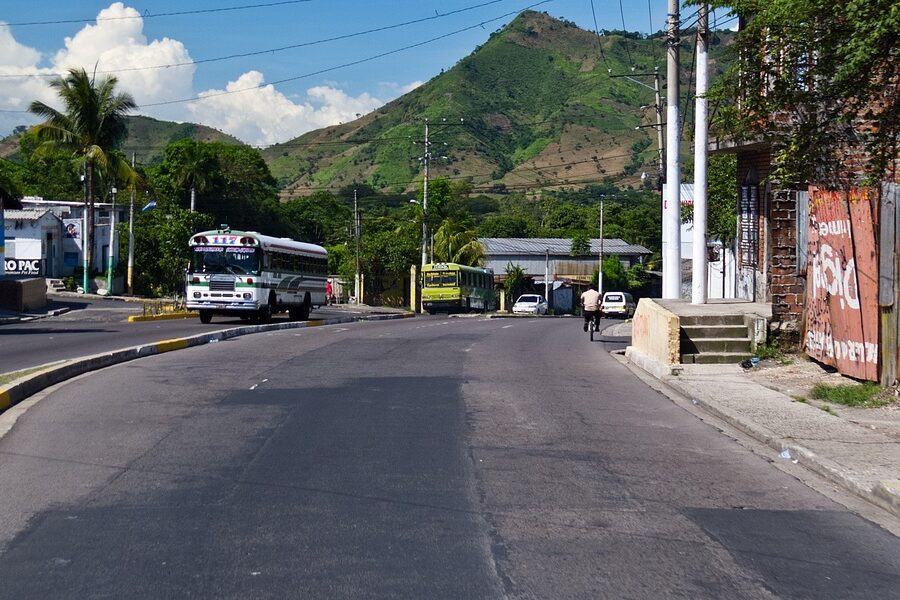On March 11, 1990, Lithuania became the first Soviet republic to declare independence — a bold move that set the tone for a modern identity tied to history, culture, and rapid change.
That moment still matters: a country of about 2.8 million people has used its compact size to preserve centuries-old traditions while moving quickly into the 21st century. So, what is Lithuania known for? The short answer: concentrated heritage, striking landscapes, and an energetic modern life that includes a booming fintech scene and an almost-religious devotion to basketball. Read on for seven standout things that make the country memorable.
Culture & History
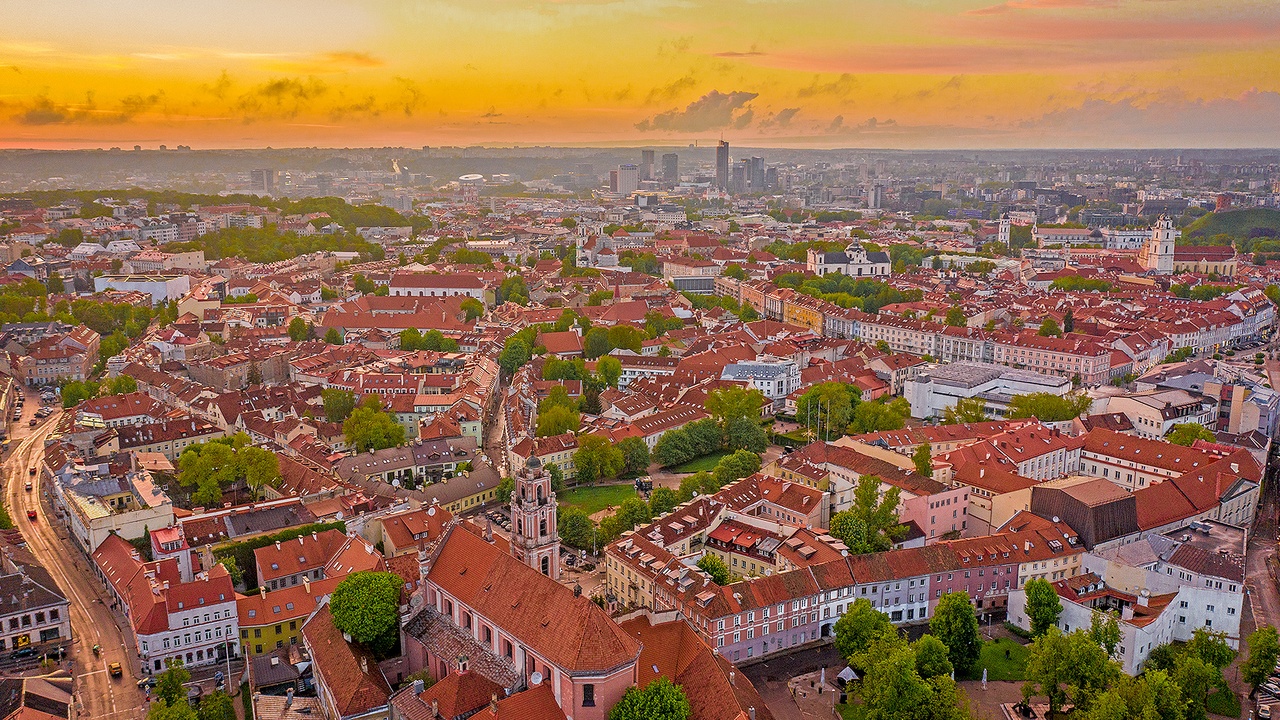
Lithuania’s identity is rooted in long histories of statehood, religion, and folk practice. From the cobbled lanes of Vilnius to the pilgrim‑strewn Hill of Crosses, historical memory isn’t museum‑locked — it’s visible on the streets and in annual festivals. Below are three places where history and everyday life intersect.
1. Baltic pagan roots and the Hill of Crosses
The Hill of Crosses near Šiauliai is an emblem of Lithuanian persistence. Tens of thousands of crosses and crucifixes have been left there by pilgrims and families, creating a layered, almost otherworldly landscape of devotion and memory. Under Soviet rule the site survived as a quiet symbol of resistance; Pope John Paul II visited in 1993 and called it a place of hope and peace. Today the Hill of Crosses is both a religious destination and a vivid expression of national identity.
2. Vilnius Old Town — a compact medieval capital
Vilnius Old Town is one of Europe’s largest surviving medieval centres and earned UNESCO World Heritage status in 1994. Stroll from Cathedral Square down Pilies Street, pass baroque churches and Gothic facades, and cross into Užupis — the self‑declared republic that’s home to artists and independent cafés. The result is a tight area where Gothic, Renaissance, and Baroque architecture sit steps away from coworking spaces and creative studios.
3. Living folk traditions: music, crafts, and festivals
Folk culture in Lithuania is not just preserved for tourists — it’s actively lived. Sutartinės, multipart polyphonic songs, survive in daily practice and are part of a wider heritage of dance and craft. The Lithuanian Song and Dance Festival draws tens of thousands of participants in milestone years, filling stadiums and public squares with mass choirs and dancers. Amber carving and traditional textiles also support local artisans and the souvenir economy.
Nature, Landscapes & Heritage
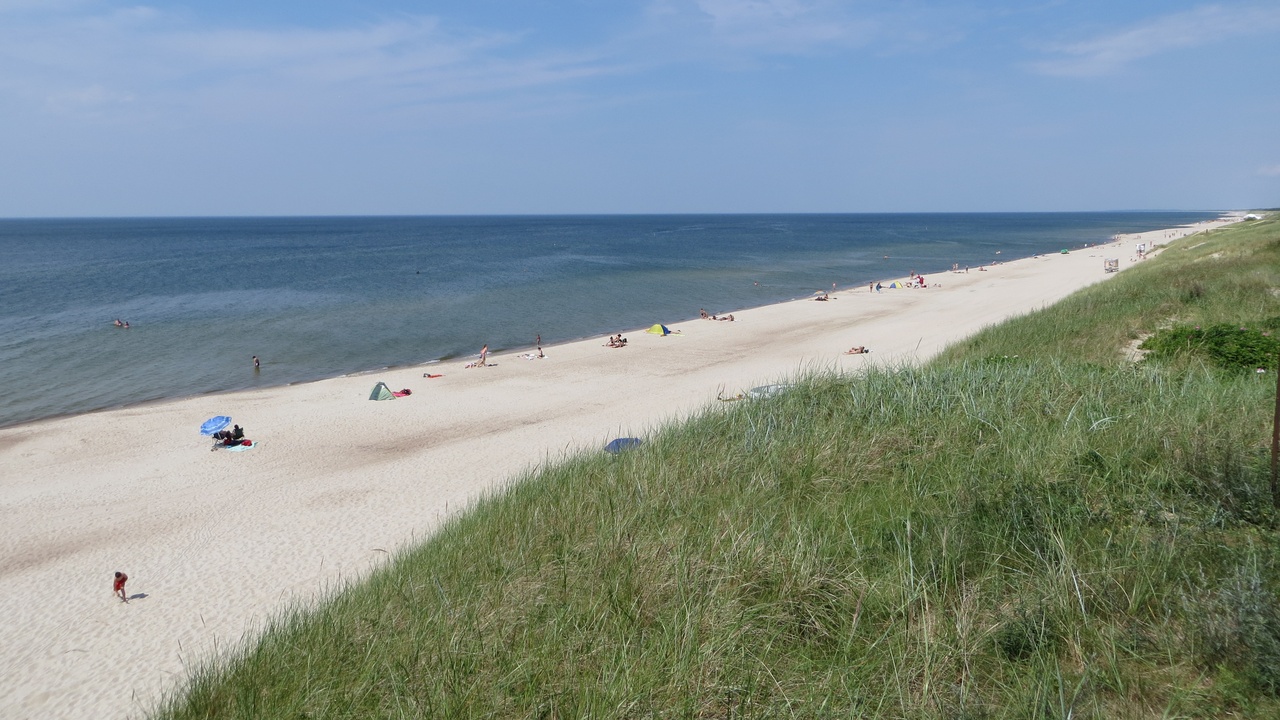
For a relatively small country, Lithuania offers a surprising range of natural scenery: shifting coastal dunes, old forests, lakes and protected national parks. About one‑third of the land is forested and the coastline stretches roughly 90 km. The Curonian Spit, a UNESCO site, and inland parks like Žemaitija and Aukštaitija showcase both beauty and active conservation efforts.
4. The Curonian Spit — wind-sculpted dunes and UNESCO status
The Curonian Spit is a narrow, roughly 98 km sand peninsula shared with Russia’s Kaliningrad region and inscribed as a UNESCO World Heritage Site in 2000. Migrating dunes, pine forests, and small fishing villages such as Nida create a landscape that feels remote despite good accessibility. Visitors climb the Parnidis Dune, watch wind‑sculpted sand ridges, and learn about the delicate balance between tourism and conservation on the spit.
5. Lakes, forests, and a strong emphasis on outdoor life
With roughly 33% forest cover and numerous lakes and wetlands, outdoor life is integral to Lithuanian routines. Aukštaitija National Park, for example, offers a network of lakes connected by canoe routes and marked trails. Locals commonly go mushroom and berry foraging in late summer, while anglers and paddlers use well‑maintained routes that also attract ecotourists.
Modern Lithuania: Economy, Tech & Sports
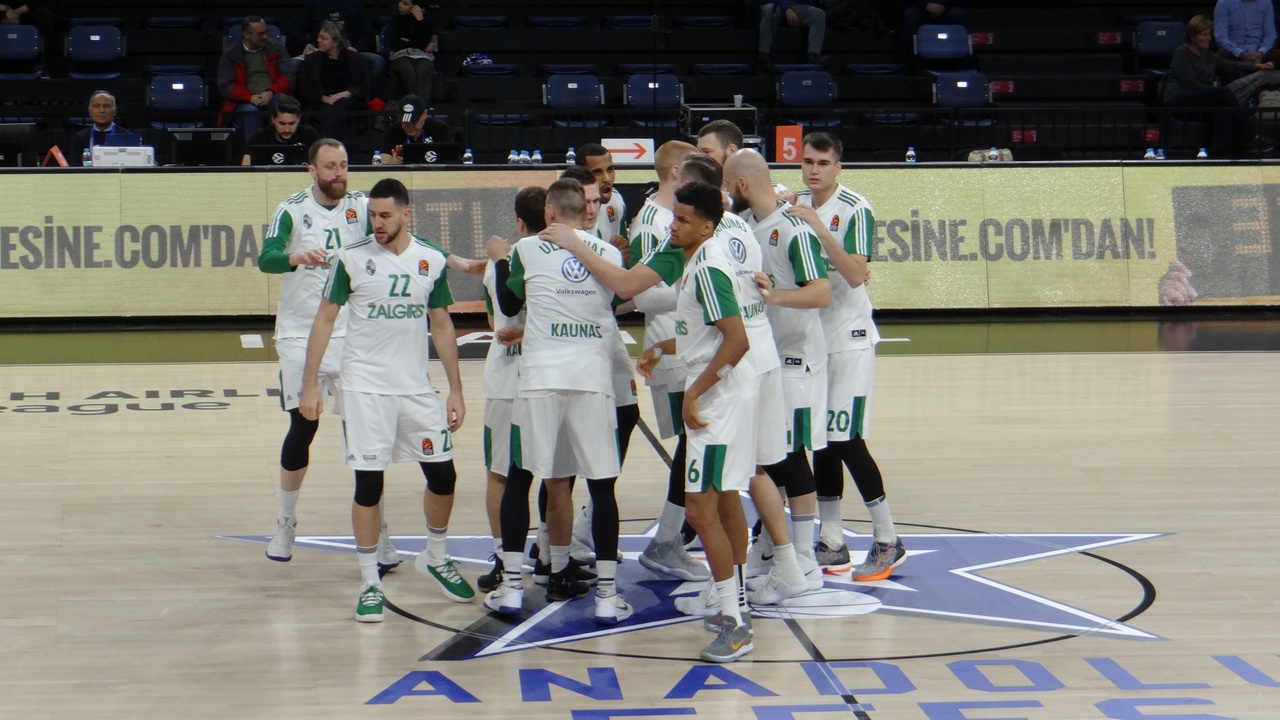
Since joining the EU and NATO in 2004, Lithuania has modernized quickly while keeping its cultural continuity. Vilnius is a hub for startups and fintech, national energy and digital services are expanding, and sport — particularly basketball — provides a shared language of pride and international recognition. Below are two modern strengths that draw attention abroad.
6. A surprisingly vibrant fintech and startup scene
Vilnius has become a regional fintech center thanks to friendly licensing options and a skilled workforce. Vinted, founded in 2008, grew from a local classifieds site into a European unicorn and shows how small teams can scale here. Lithuania has attracted payment and banking startups for cross‑border services, creating thousands of tech jobs and drawing international investment into coworking hubs and accelerators.
7. Deep basketball culture and international players
Basketball is practically a national religion in Lithuania — impressive for a country of around 2.8 million. Clubs like Žalgiris Kaunas fill arenas and feed youth programs that consistently produce high‑level talent. Legends such as Arvydas Sabonis paved the way for players like Jonas Valančiūnas in the NBA, and the national team won Olympic bronze medals in 1992, 1996, and 2000. The sport fuels communal identity and international recognition alike.
Summary
- Small population, big presence: Lithuania combines concentrated cultural assets and active modern industries.
- UNESCO sites and living folk traditions — from Vilnius Old Town (1994) to the Curonian Spit (2000) and the Hill of Crosses — anchor national memory.
- Ahead and agile: EU and NATO membership in 2004 set the stage for fintech growth (Vinted, 2008) and rapid digital adoption.
- Sport and landscape matter: a deep basketball culture alongside forests, lakes, and the unique Curonian Spit make Lithuania memorable — and worth a visit to Vilnius, Nida, or a Žalgiris game.

